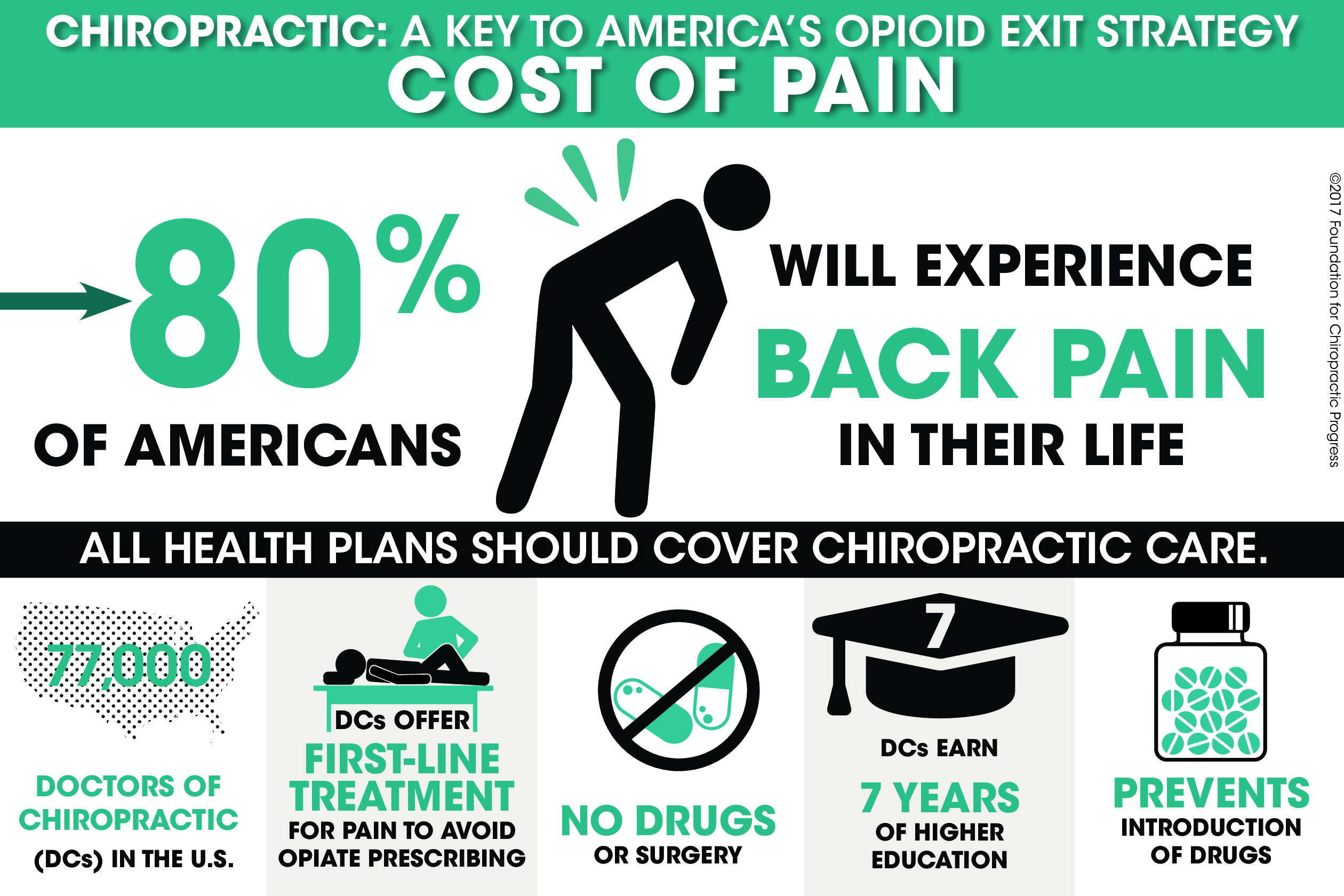Just How Does Cold Laser Treatment Maximize Light To Boost Healing, And What Remarkable Advancements Can We Expect In The Realm Of Discomfort Management?
Just How Does Cold Laser Treatment Maximize Light To Boost Healing, And What Remarkable Advancements Can We Expect In The Realm Of Discomfort Management?
Blog Article
Content Develop By-Acevedo Mccall
When taking into consideration different therapies, cold laser treatment stands apart because of its one-of-a-kind strategy to recovery. By using particular wavelengths of light, it targets cellular functions and advertises recovery in a non-invasive way. This technique not only boosts ATP manufacturing however additionally help in decreasing swelling and discomfort. As hawthorne cold laser therapy remains to unfold, the ramifications for recovery and discomfort administration could be significant. What does this mean for future therapy alternatives?
The Mechanisms of Cold Laser Treatment
Cold laser treatment, also known as low-level laser treatment (LLLT), functions by boosting mobile function via the application of details wavelengths of light.
When the laser light permeates your skin, it engages with the mitochondria in your cells, enhancing ATP production. This increase in ATP stimulates your cells, advertising recovery and regeneration.
The light also influences cell membrane layers, enhancing their permeability and helping with vitamins and mineral absorption while removing toxic substances. Furthermore, cold laser treatment sets off the release of endorphins and minimizes swelling, aiding your body react better to injury.
You'll experience boosted blood circulation as the therapy stimulates capillary growth, making certain that oxygen and nutrients reach broken tissues a lot more efficiently.
Recognizing these systems can help you value its potential in promoting recuperation.
Prospective Benefits of Cold Laser Therapy
When taking into consideration choices for discomfort alleviation and healing, you might discover cold laser therapy to be an attractive choice. This non-invasive strategy can help in reducing swelling, alleviate pain, and promote tissue repair service.
Many individuals report quicker recuperation times from injuries and surgeries after undertaking cold laser treatment. It's specifically helpful for conditions like arthritis, tendonitis, and muscle strains.
You might additionally appreciate that it has minimal side effects contrasted to pharmaceuticals. Additionally, cold laser therapy can boost circulation, which aids in delivering nutrients and oxygen to damaged locations.
Current Study and Clinical Applications
As rate of interest in cold laser therapy grows, scientists are exploring its different applications and effectiveness in professional settings. You'll find research studies examining its function hurting monitoring, injury healing, and decreasing swelling.
In physical treatment, professionals make use of cold laser therapy to improve recuperation in sporting activities injuries, while dentists are locating it valuable for dealing with dental discomfort and periodontal conditions. Continuous tests are analyzing its capacity in treating problems like arthritis and neuropathy.
These researches aim to establish standardized procedures and dosages, ensuring safety and effectiveness. As view website arises, you might see cold laser treatment coming to be a staple in both rehab and pain monitoring, offering patients a non-invasive option that enhances standard treatments.
Final thought
Finally, cold laser treatment supplies an appealing method to recovery by taking advantage of specific wavelengths of light to enhance mobile features and promote recuperation. With advantages like boosted blood flow, lowered inflammation, and discomfort relief, it's coming to be a useful alternative for different conditions. As research continues to establish standard procedures, you can eagerly anticipate higher acceptance of this non-invasive treatment in recovery techniques and discomfort management techniques, making it a possible game-changer for many patients.
